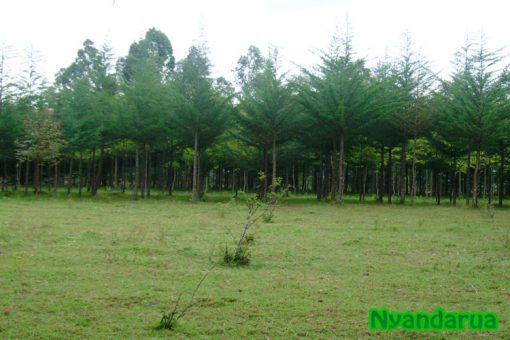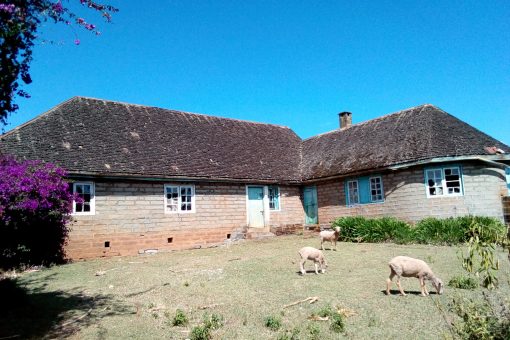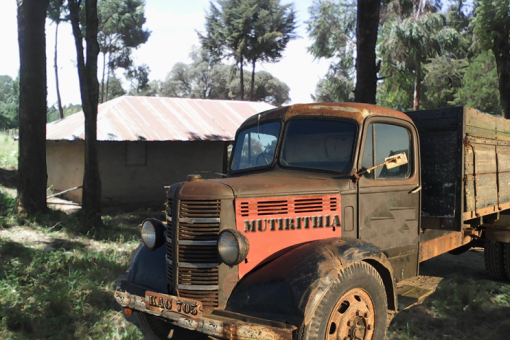Families finished their evening meal and dishes were washed. The last task of the evening was to pass around a basin (Karai) of warm water for everybody to wash their feet. After each wash, the dirty soapy water was poured outside on the grass, making sure to dash it to the side of the kitchen so that it did not wet and muddy up the space between the kitchen and the Main House (githaku). Flip flops / slippers (taritari) were not affordable for an entire family and the few they owned didn’t last.
With the frequent heavy rains, flip flops did not stand a chance. An attempt to walk on the mud with slippers on, usually ended with the sole of the slippers stuck in the mud and the wearer stepping away with the straps that had separated from the sole. That was so frustrating especially after you had just washed your feet. That is why parents did not invest money on taritari for the family. Instead, after everybody had washed their feet, they stepped on a piece of firewood (karuku), got their feet dry and put back on the same shoes they had on earlier, dirty or not.
In the dry season, those who did not have shoes dried their feet and walked into the Main House bare feet. Logic was, when your feet are clean and dry, dirt does not take hold, and after all, it was just a few steps from the kitchen into the Main House. How dirty can you get in such a short distance? Well, I don’t know how true that is, but we were convinced back then and it worked for us.
But can you imagine the beddings? You walk from the kitchen to the main house stepping on bare earth floors and into bed. No wonder none of us wanted bed sheets on our beds. Bed sheets came in lighter colors, dirt would show easily unlike our good old dark colored blankets that stayed “clean” for years and years.



